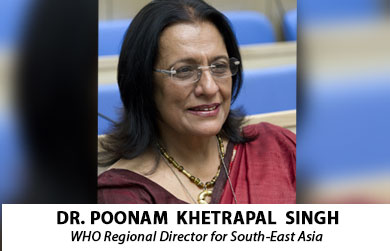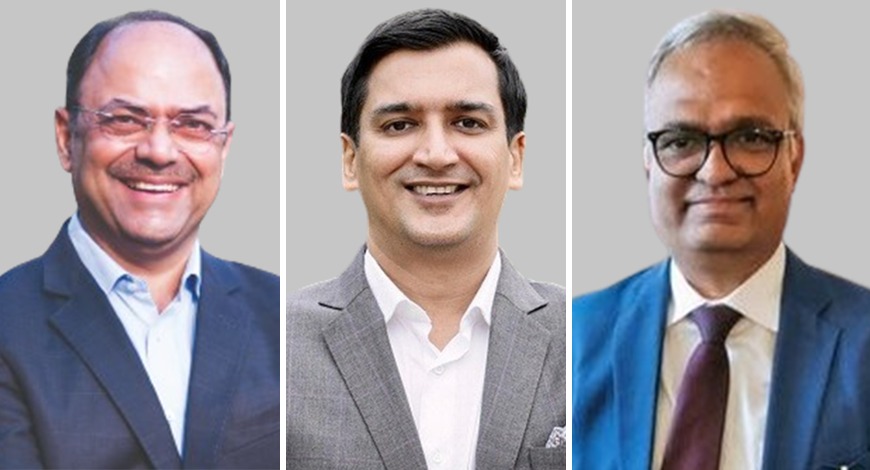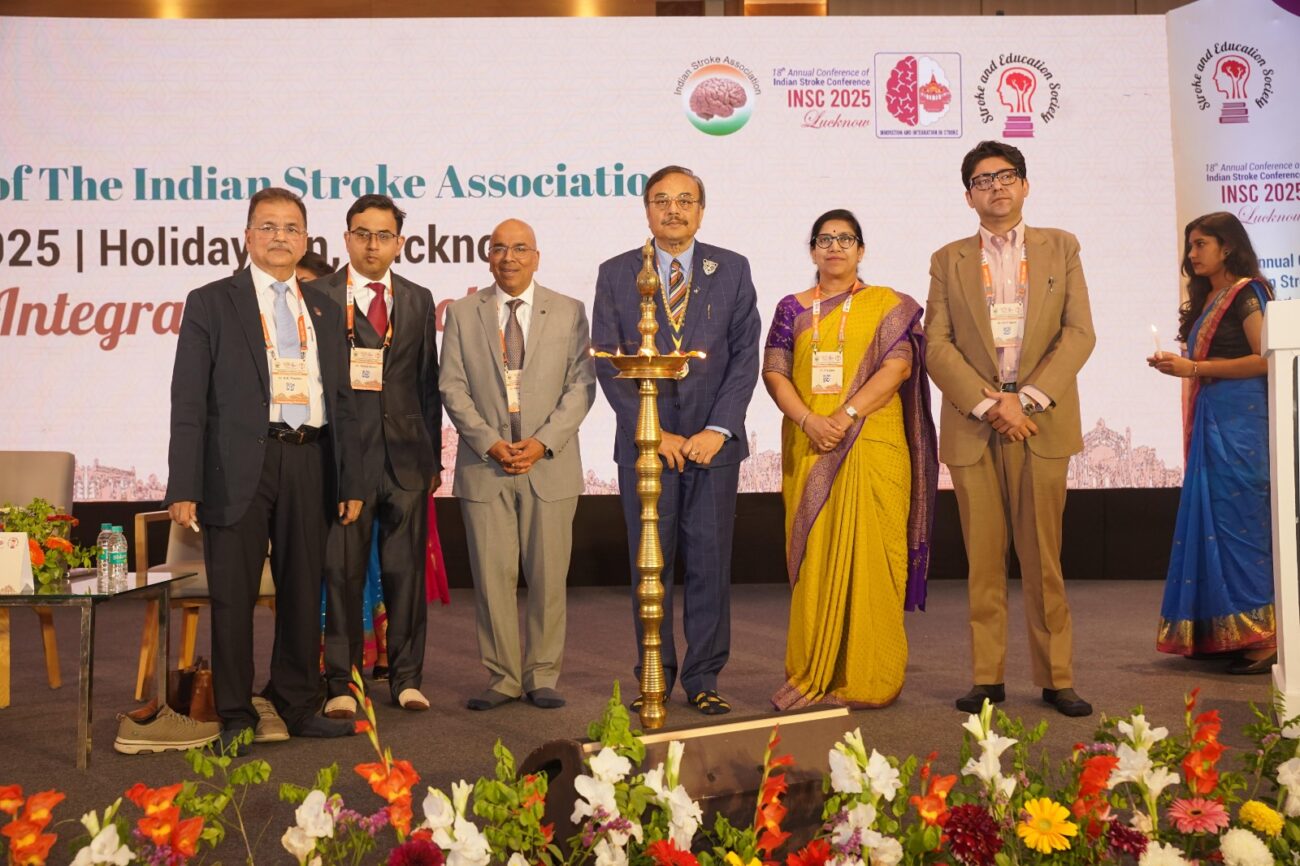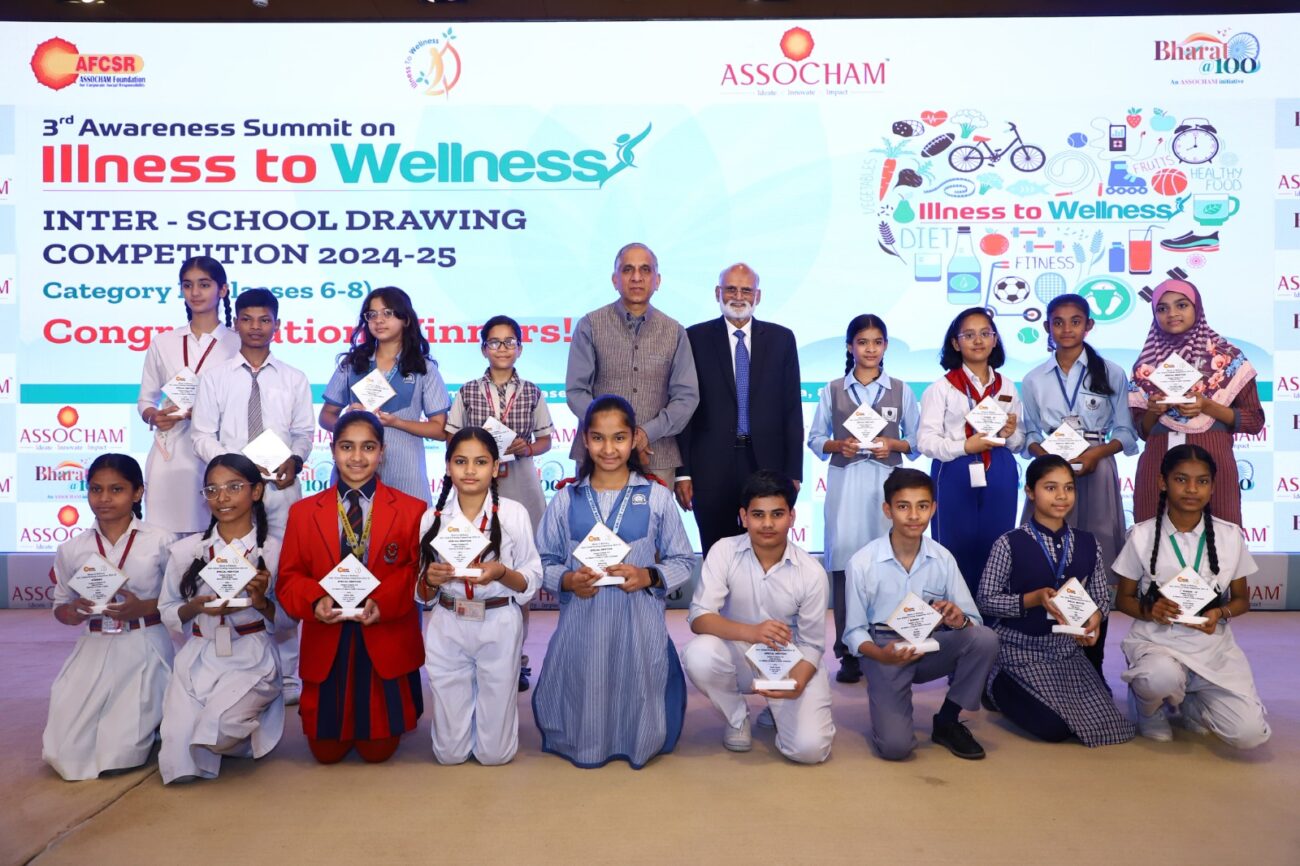Statement by Dr Poonam Khetrapal Singh, Regional Director, WHO South-East Asia Region, at the WHO tri-regional policy dialogue that seeks solutions to challenges facing international mobility of health professionals.
There is a global shortage of health personnel. In 2013, that shortage was estimated to be 12.9 million. By 2030, based on pre-Covid trends, it is expected to be at least 18 million, including 5.9

There is a global shortage of health personnel. In 2013, that shortage was estimated to be 12.9 million. By 2030, based on pre-Covid trends, it is expected to be at least 18 million, including 5.9 million nurses.
In all countries of the world, the production of health workers is inadequate. But their global distribution is increasingly inequitable, due to a range of push and pull factors.
Over the last decade, there has been a 60% rise in the number of migrant doctors and nurses working in OECD countries.
Member States of the WHO South-East Asia, Eastern Mediterranean, and European regions account for the top seven countries of origin for migrant doctors working in OECD countries.
They account for six of the top seven countries of origin for migrant nurses in OECD countries. This trend is expected to accelerate, escalating the mismatch between the supply of and economic demand for health workers.
This would in turn significantly impact the global push to achieve universal health coverage (UHC), which since 2014 has been one of the South-East Asia Region’s Flagship Priorities. The Region is now more than halfway through its Decade for Health Workforce Strengthening, which has enabled it to increase the availability of doctors, nurses and midwives by one fifth.
Almost all countries in the Region have met and surpassed the original WHO threshold of 22.8 health workers per 10 000 population.
However, as the production of health workers in the Region has increased, so too has health workforce mobility – specifically, emigration.
Today, India is the leading country of origin for migrant doctors practicing in OECD countries.
This is testament to the quality of medical education in India. But it also highlights new opportunities for countries in the Region to increase health worker density, for which I commend the leadership of India’s Honourable Minister of Health, Dr Harsh Vardhan.
Two countries of the Region are on WHO’s Health Workforce Support and Safeguards List – Bangladesh and Nepal.
I commend several countries, including Belgium and the UK, who at the World Health Assembly reiterated their compliance with the WHO Global Code of Practice, a unique legal instrument that WHO Member States adopted in 2010, using WHO’s constitutional authority.
The COVID-19 pandemic has in many ways brought health workforce mobility to the fore.
We have seen high-income countries actively recruit health personnel from across the world, including by easing regulatory measures and offering priority pathways for residence.
However, we have also seen common countries of origin – including several in our Region – leverage their health workforce diaspora to provide surge support when it mattered most.
It is this sense of opportunity that I urge all stakeholders to embrace, as together we chart the path forward, towards increased cooperation between health systems, and towards strengthened health system capacity in both sending and receiving countries.
I have three messages.
First, health sector stakeholders must be bold. For far too long, the health sector has been side-lined in discussions on health workforce mobility, despite the significant impact this mobility has had, and continues to have, in low- and middle-income countries globally.
No more. In both sending and receiving countries, the health sector must actively promote WHO’s “health-in-all-policies” approach, coordinating with ministries of labour, education, trade and other relevant ministries to inform policy and achieve health-positive outcomes.
Second, we must be creative. The diplomatic and legal dimensions of the issue are many, and are best addressed through innovative, out-of-the-box ideas – for example, the creation of Global Skill Partnerships for health.
Whatever the proposal, the WHO Global Code of Practice must continue to ground all ethical considerations, serving as a continuous and dynamic framework through which all efforts pass.
Third, we must be values-based, but also pragmatic. Equity is an end in itself, and WHO will continue to highlight its value in deliberations on health workforce mobility, as all areas of health.
But we must be very clear: It is only by managing health workforce mobility in a way that is fair and equitable that low- and middle-income countries can build adequate health system resilience and achieve UHC.
In this International Year of Health and Care workers, it is incumbent on all stakeholders to heed that message, and continue to strengthen national, regional and global health workforce management, while mobilizing sustained and scaled up investments in human resources for health.
The COVID-19 pandemic has demonstrated the interconnectedness not only of our biology, but of the systems we rely on to stay healthy and well. Gaps in the health system of one country leave gaps in the health security of all countries.
I look forward to our onward journey together, to improve health outcomes, enhance global health security, contribute to inclusive economic growth, and create decent employment opportunities, particularly for women.






